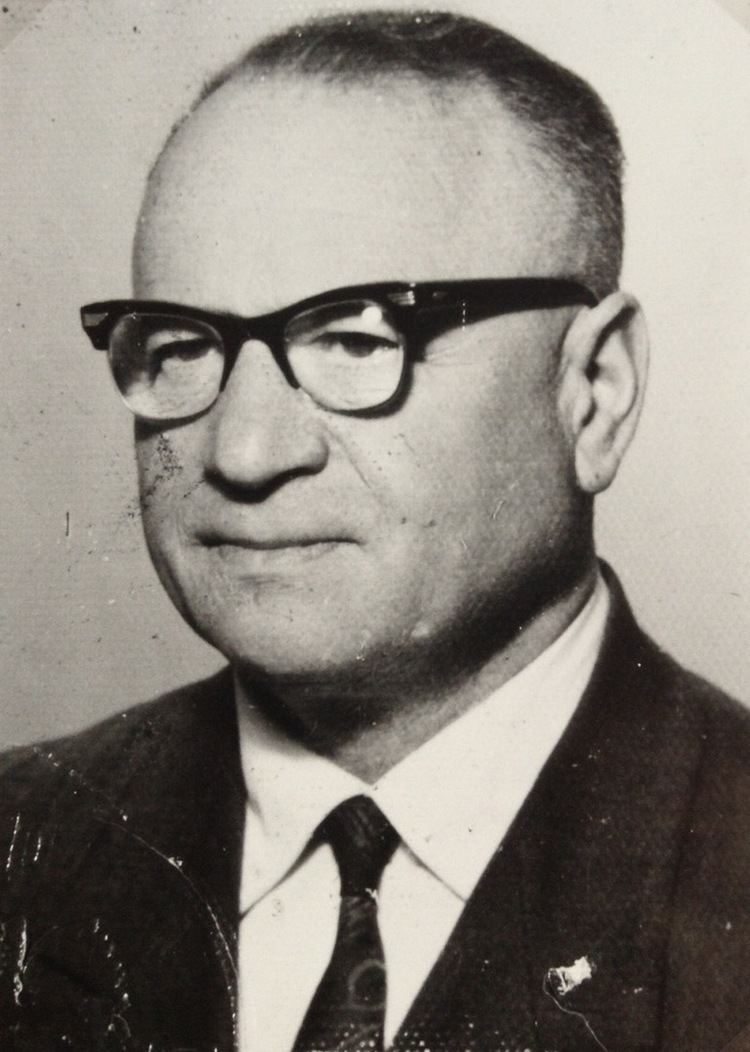Name Szymon Datner | ||
 | ||
Szymon Datner (2 February 1902, Kraków – 8 December 1989, Warsaw) was a Polish historian of Jewish descent, best known for his studies of Nazi war crimes committed against the Jewish population of the Białystok area (Bezirk Bialystok) after the German attack on the Soviet Union in June 1941 across Poland.
Contents
Datner settled into Białystok in 1928. Before the outbreak of World War II, Datner worked as a P.E. teacher at a Jewish gymnasium in Białystok. He lived in the city with his wife and two daughters throughout the Soviet occupation of eastern Poland and after the Nazi German attack on USSR was forced to move into a ghetto with his family. He helped smuggle several people out of Białystok Ghetto on 24 May 1943. However, his wife and daughters did not survive its liquidation.
Postwar career
After the war, Datner served as head of the Białystok branch of the Central Committee of Jews in Poland (CŻKH) for two years. "A survivor himself, he deposited his own testimony at the Jewish Historical Commission in Białystok on 28 September 1946."
The same year, CŻKH published his Walka i zagłada Białostockiego Ghetta (The fight and annihilation of the Białystok ghetto) in Łódź. Datner moved to Warsaw in the late 1940s. He became a prominent specialist on World War II crimes and the Holocaust, nonetheless, he was dismissed from his position in the course of the 1968 Polish political crisis, and rehabilitated soon afterwards.
In 1969–70 he presided over the Jewish Historical Institute of Warsaw, and was one of the historians at the Polish Commission to Investigate German Crimes, now part of the Institute of National Remembrance. Datner made the most comprehensive documentation of the war crimes and atrocities of Nazi Germany in eastern Poland.
According to Datner, the German commandos, although engaged in the extermination of Jews on their own, acted also as instigators, enforcing the cooperation of local people. Datner explored the matters of responsibility for the massacre in Jedwabne, but did not identify the SS Sonderkommando present at the scene.
Death
Datner died in 1989 in Warsaw and is buried at the Okopowa Street Jewish Cemetery. His daughter, Helena Datner-Śpiewak, is a historian and sociologist.
